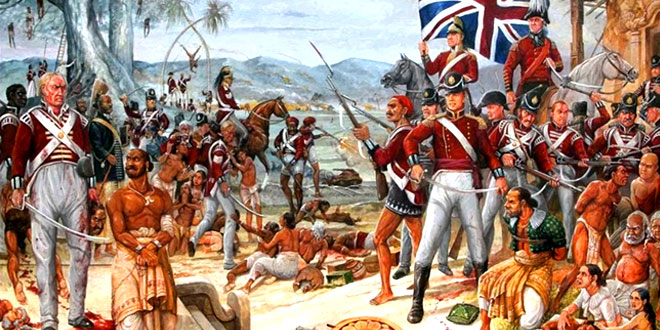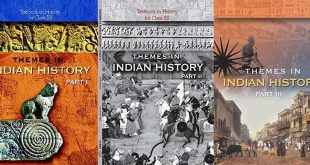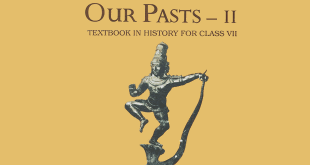Question: Who was William Jones? What do you know about his activities and functions in India?
Answer:
- Sir William Jones, was born on 28th September 1746, in London, the third child of William Jones, F.R.S., an able mathematician. His father died in 1749 and he was raised by his mother Maria Jones. Jones attended Harrow School from 1753 where he taught himself Hebrew and was seen to be an able poet, keen chess-player and to have a prodigious memory. After school he went to University College, Oxford, where alongside the usual studies he learnt Arabic and Persian.
- In 1766 Jones became tutor to Lord Althorp (later Earl Spencer) and with the Spencer family travelled to Europe, learning German. In 1770 he translated the Persian history of Nadir Shah into French at the request of King Christian VII of Denmark. Other publications followed including the Grammar of the Persian Language in 1771, a volume of poetry in 1772 and the Commentaries on Asiatic Poetry in 1774. Jones was elected a Fellow of the Royal Society in 1772.
- Jones was admitted to the Temple in 1770 to read law, being appointed in 1776 as one of sixty Commissioners of Bankruptcy. In 1783, he was appointed to the India Bench in Calcutta, the hope of which had precipitated his proposal in October 1782, to Anna Maria Shipley, whom he had known for several years. The appointment also brought him a knighthood. William and Anna were married by special licence on April 6th 1783 and four days later sailed from Portsmouth on the frigate Crocodile.
- Besides serving on the bench William Jones set up the Asiatic Society of Bengal in 1784, becoming its President until his death. He also studied Sanskrit and during an illness both he, and Lady Anna, became interested in Indian botany. Despite frequent bouts of illness, Jones continued to write publications and aimed to compile a complete digest of Hindu and Mohammedan laws. In the end it was Henry Colebrooke who finished this task. Jones also undertook the editorship of the Researches of the Asiatic Society, the first volume being published in 1789.
- Lady Jones also suffered from ill-health, and in 1793, William persuaded her to sail for England promising to follow her as soon as he was able. However in 1794 he became ill with ‘inflammation of the liver’ and died on 27th April, 1794.
Question: Discuss on the main points of the report of William Adam.
Answer: Afterwards, it also took steps to improve the condition of local school. The Report of William Adam
- In 1830’s William Adam, a Scottish missionary, was given the charge by the company to tour the district of Bengal and Bihar. He was asked to report on the progress of education in local schools.
- Adam found that the system of education in the local schools, known as pathshala, was flexible. There were no fixed fees, no benches or chair, no system of separate classes, no annual examination. In some places classes were held under a banyan tree, in other places in the corner of a village’s shop or temple, or at the teacher’s home. Teaching was oral and teacher decide what to teach.
New Routines, New Rules
- After the Company got Adam’s report, it immediately took decision to improve the system of vernacular education.
- The Company appointed a number of pandits, each in charge of looking after four to five schools. The task of the pandit was to visit the pathshalas and try to improve the standard of teaching.
- New routine and rules were introduced. Teaching was now to be based on textbooks and learning was to be tested through a system of annual examination. students were asked to pay regular fee, attend regular classes, sit on fixed seats and obey the new rules of discipline.
 Class Notes NCERT Solutions for CBSE Students
Class Notes NCERT Solutions for CBSE Students





I want summary
Please give summary of this chapter or flow charts or something!
Actually I know the question answer but I want the summary.
But this question answer help me too!